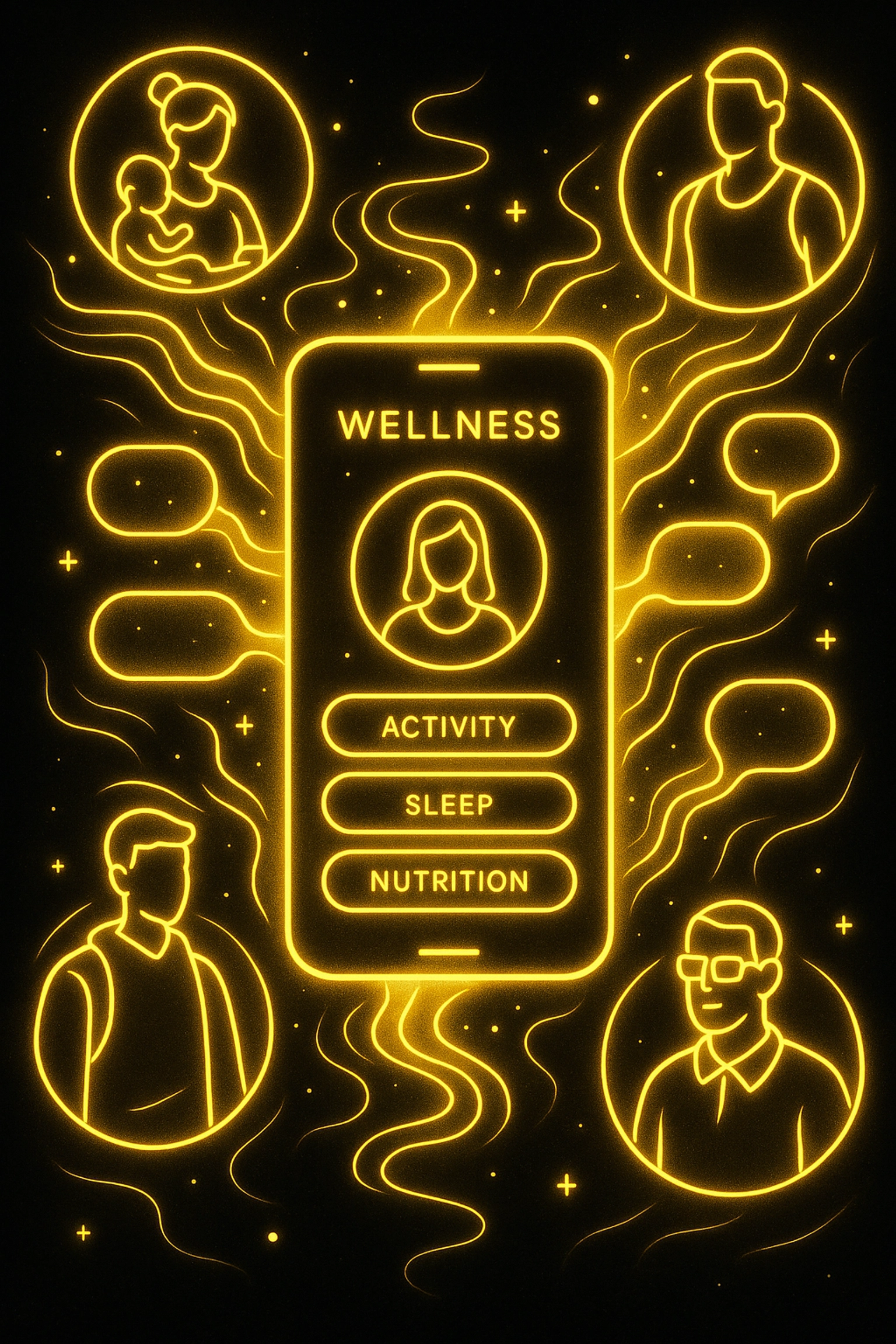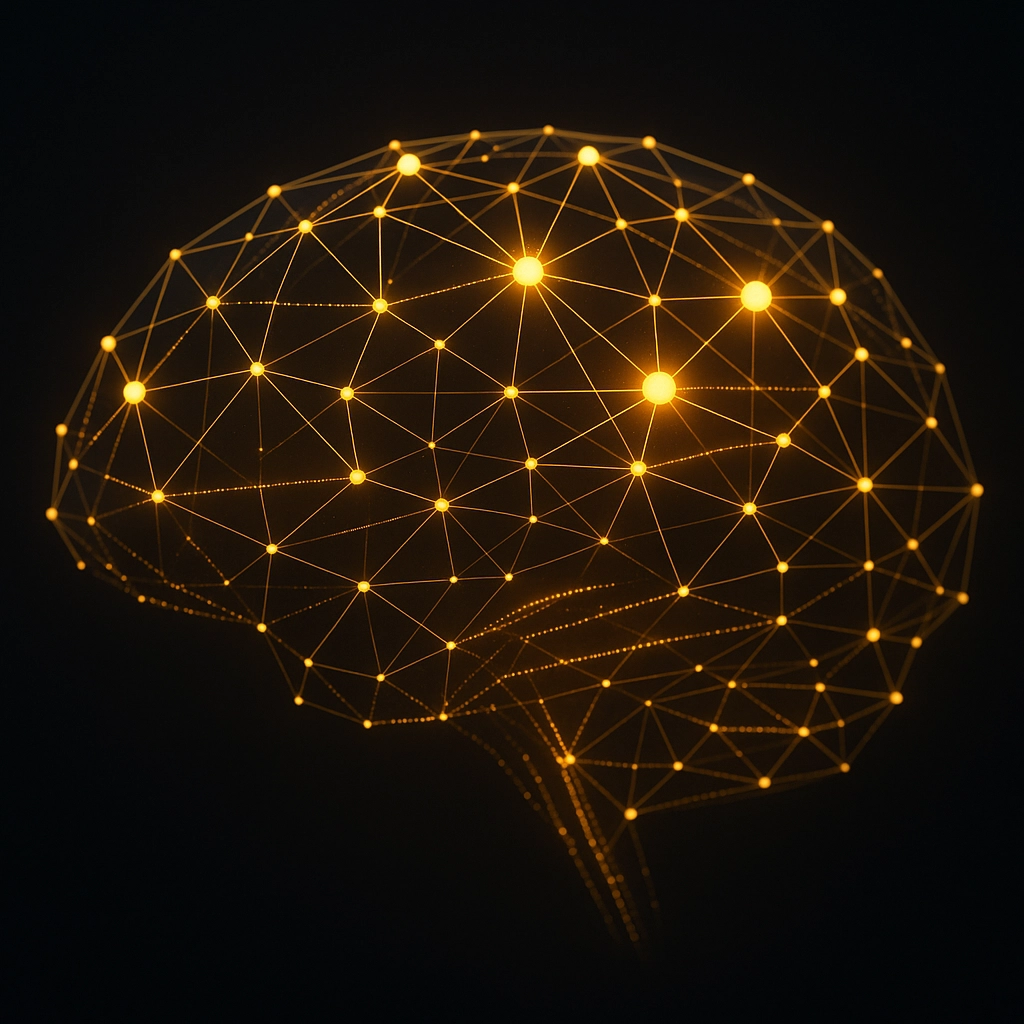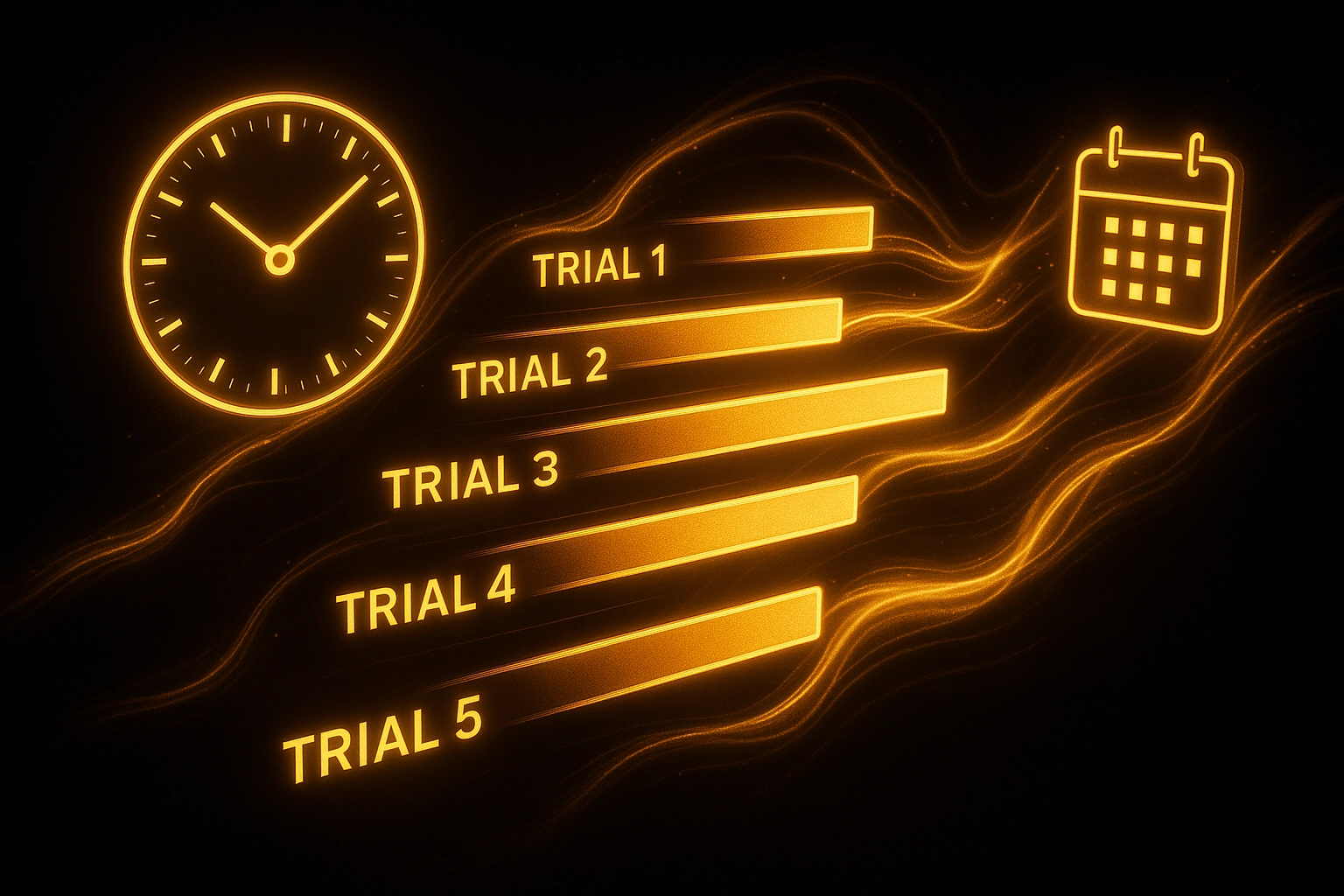Are Manual Onboarding Processes Killing Your Wellness App? 5 AI Systems That Convert Trials to Paying Users
Your wellness app might be hemorrhaging potential customers right at the front door. While you're focused on building amazing features and content, a silent killer lurks in your onboarding process: and it's costing you serious money.
Here's the brutal reality: 63% of customers consider onboarding the key factor in deciding whether to subscribe to a product. Even worse? Health and fitness app users take more than five days to commit to a paid subscription, compared to just one day for other app categories. That's a massive conversion window where manual, one-size-fits-all onboarding processes are failing spectacularly.
But here's what's even more frustrating: these same users engage faster than any other sector after installation, taking less than 30 minutes to dive in. The interest is there. The engagement is there. So why isn't the conversion?
The answer lies in outdated, manual onboarding that treats every user the same way, missing crucial personalization opportunities and psychological triggers that AI can automatically identify and act on.
The Hidden Cost of Manual Onboarding
Manual onboarding processes are creating a perfect storm of conversion failure in wellness apps. Think about it: your users arrive motivated, ready to change their lives, and full of optimism about their health journey. Then they hit your generic, static onboarding flow that asks the same basic questions and provides the same basic experience to everyone.
Within minutes, that initial spark starts to fade. They're not seeing content that speaks to their specific health concerns. They're not getting recommendations that feel personally crafted. They're not experiencing the "aha moment" that transforms a curious browser into a committed subscriber.

The data backs this up. Wellness apps with optimized onboarding experiences see conversion rates 3-4 times higher than industry averages. Meanwhile, apps relying on manual processes are watching potential customers slip away during those critical first interactions.
The problem isn't just about conversion rates: it's about missed opportunities. Every user who bounces during onboarding represents lost revenue, but more importantly, it represents someone whose health journey you couldn't positively impact.
5 AI Systems That Transform Trials Into Paying Customers
1. Intelligent Persona-Based Content Matching
The first AI system that's revolutionizing wellness app conversions focuses on intelligent content matching. Instead of showing everyone the same workout videos or nutrition plans, this system analyzes user data in real-time to deliver hyper-targeted content that resonates with specific health profiles.
Here's how it works: the AI processes everything from user-provided health data to behavioral signals like app interaction patterns, time spent on different sections, and even the questions they ask during onboarding. It then creates dynamic content pathways that speak directly to their unique situation.
For example, if the AI detects someone is a busy parent based on their schedule inputs and activity patterns, it automatically surfaces quick 10-minute workouts, healthy meal prep content, and stress management techniques: not the hour-long gym sessions that would immediately feel impossible.
The results? Apps implementing AI-driven content matching see up to 40% increases in conversion rates because users immediately see value that feels personally crafted for them.
2. Predictive Engagement Optimization
The second system uses machine learning to predict the optimal onboarding sequence for each individual user. This isn't about A/B testing different flows: it's about creating unique experiences based on predictive models.
The AI analyzes thousands of data points: when users typically engage with the app, what types of content they consume first, how long they spend in different sections, and which features lead to the highest conversion rates for users with similar profiles.

Based on these insights, the system automatically adjusts the onboarding timeline, the order of feature introductions, and even the messaging tone. A user who shows high engagement with community features might get introduced to group challenges early, while someone focused on solo activities gets a more independent-focused experience.
Organizations using AI in their onboarding processes report 30% increases in overall user activation, which directly translates to higher subscription conversion rates.
3. Dynamic Trial Period Intelligence
Traditional apps offer the same 7-day or 30-day trial to everyone. But AI-powered systems recognize that different user types need different amounts of time to see value, especially in the wellness space where results take time to manifest.
This AI system analyzes user personas, engagement patterns, and conversion probability to automatically adjust trial periods. New mothers, for instance, might need longer trial periods due to unpredictable schedules and the time needed to establish new routines. The AI recognizes these patterns and extends trials intelligently.
But it doesn't stop there. The system also monitors engagement during the trial and can dynamically extend or provide additional value when it predicts a user is on the fence about subscribing. It might unlock premium content for a few extra days or provide personalized coaching messages right when the user needs that extra push.
4. Real-Time Friction Detection and Auto-Resolution
The fourth AI system continuously monitors user behavior to identify conversion barriers as they happen: not weeks later through user surveys or analytics reports.
This system analyzes micro-interactions: where users pause, what buttons they hesitate to click, which screens they abandon, and what questions they ask support. It then automatically adjusts the onboarding experience to address these friction points in real-time.

For example, if the AI detects that users consistently struggle with a particular setup step, it can automatically provide additional help content, simplify the process, or even skip non-essential steps to keep momentum going. One case study showed this approach reduced onboarding abandonment by 45%.
The system also integrates user feedback analysis, processing comments about app functionality and automatically incorporating insights into the onboarding flow. This means common concerns about workout intensity, time commitments, or equipment needs get proactively addressed before they become deal-breakers.
5. Psychological Commitment Amplification
The final AI system leverages behavioral psychology to strengthen user commitment during the onboarding process. This isn't about manipulation: it's about understanding what truly motivates each user and aligning the experience accordingly.
The AI surveys users about their health goals but goes deeper, analyzing the language they use, the specificity of their goals, and their past experience with wellness apps. It then crafts personalized commitment mechanisms that significantly increase follow-through.
For users who respond well to social accountability, the system might emphasize community features and goal-sharing. For those motivated by data and progress tracking, it highlights analytics and achievement systems. Users who need flexibility get messaging about adaptable routines rather than rigid schedules.
This psychological profiling and adaptation process ensures that wellness apps align their marketing promises with actual user priorities, leading to higher retention and conversion rates because users feel understood and supported in their unique journey.
The Transformation Impact
When wellness apps implement these AI systems, the results are dramatic. Beyond the impressive conversion rate improvements, these systems address the core challenge that customer feedback identifies critical friction points that marketing teams might miss.

The automated nature of these AI systems means they're constantly learning and improving. Every user interaction provides data that makes the next user's experience better. Every conversion (or failed conversion) teaches the system how to optimize future onboarding flows.
More importantly, these systems solve the scalability challenge that manual onboarding creates. As your user base grows, manual processes become increasingly inadequate. AI systems handle growing user volumes while actually improving performance through increased data and learning opportunities.
The evidence is clear: manual onboarding processes aren't just inefficient: they're actively killing your wellness app's potential. In a market where user acquisition costs continue to rise and competition intensifies, you can't afford to lose potential customers during those crucial first interactions.
The wellness apps that embrace AI-powered onboarding systems won't just see better conversion rates: they'll build more engaged communities, reduce churn, and ultimately help more people achieve their health goals. And isn't that why you built your wellness app in the first place?
The question isn't whether AI will transform wellness app onboarding: it's whether you'll be part of that transformation or left behind by competitors who embrace these powerful systems.
